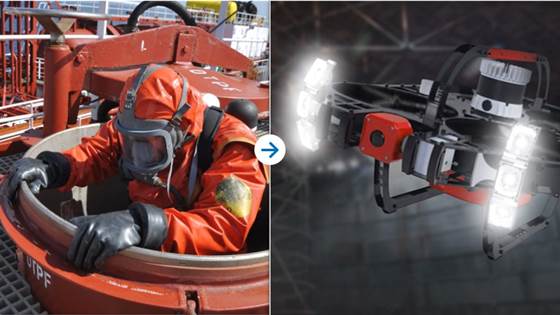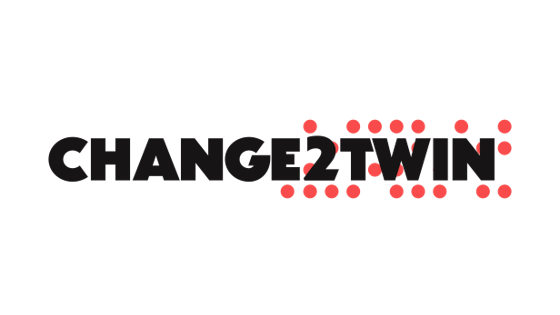
ChemFlow - Enabling subsea tiebacks with complex fluid chemistry
ChemFlow aims to develop new models in the multiphase flow simulator LedaFlow for accurate prediction of the properties of fluids with complex chemistry. The results can enable tie-back solutions for profitable petroleum production, reduced CO...
















